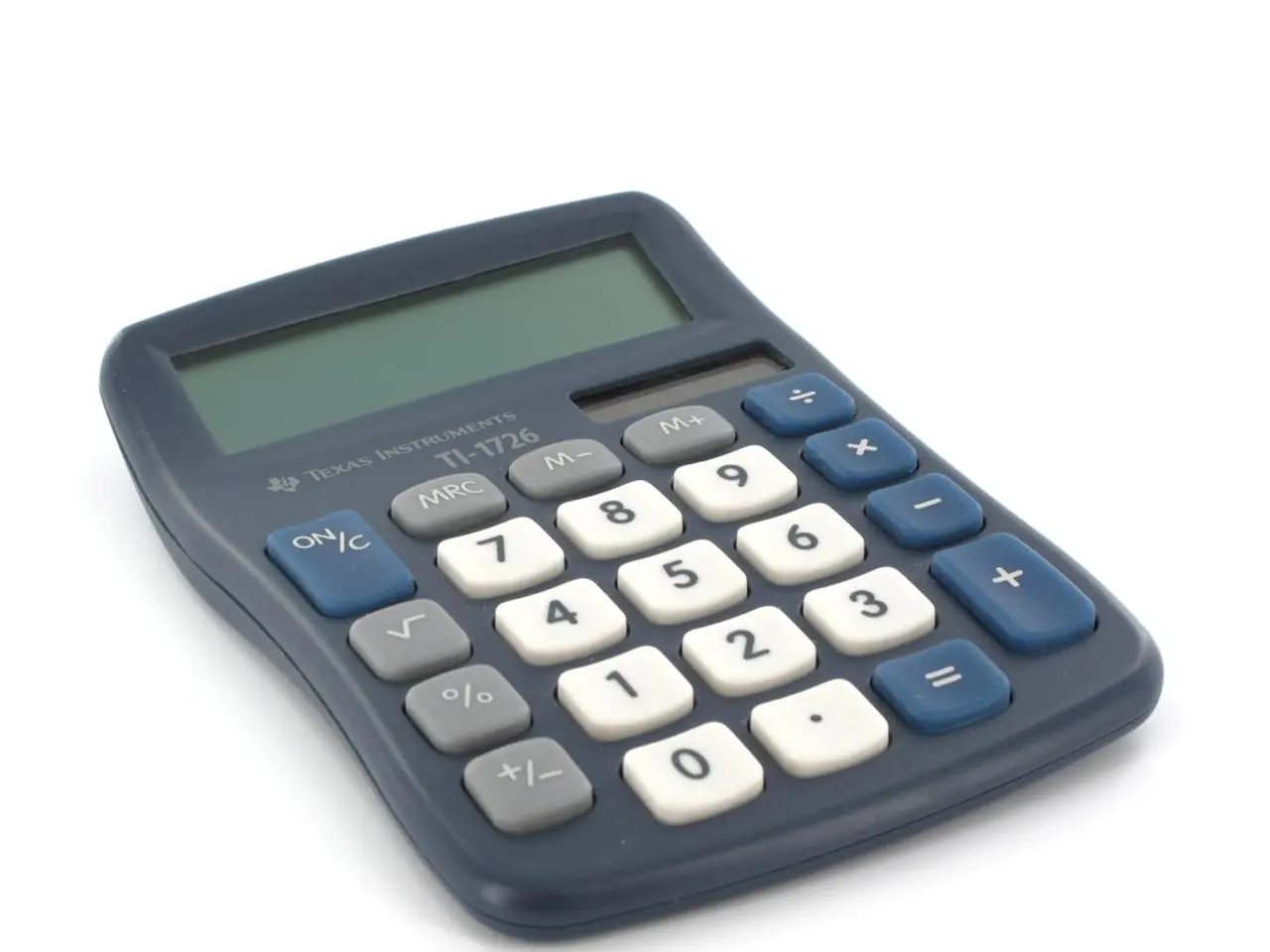Enhanced Mathematical Strategies for SAT Problem-Solving: Amplify Precision and Velocity
Preparing for the SAT can be a daunting task, but mastering effective strategies can help you tackle the challenges and improve your math score significantly. Here are some advanced techniques to boost your performance on tricky problems.
Estimate and Eliminate Answer Choices
Instead of fully solving every problem, use logical estimation to ballpark answers quickly. Eliminate answer choices that are extreme outliers or clearly improbable to narrow down options and save time. Working backward by plugging in answer choices to verify which satisfies the question’s conditions is particularly useful for quadratic or complex algebra problems.
Master Question Types and Patterns
Become familiar with common SAT math question types such as linear systems, word problems, and functions/graphs. Recognize repeated problem structures to apply the appropriate solving techniques quickly. In word problems, identify and isolate key information, translate it into algebraic equations using standard formulas, and ignore unnecessary data to simplify the problem.
Advanced Algebra and Equation Skills
Develop fluency in advanced algebra topics including nonlinear equations, factoring, working with rational and radical expressions, and interpreting functions from multiple representations. Practice simplifying complex expressions to reveal problem structure and applying strategic substitutions to reduce algebraic complexity.
Geometry and Trigonometry Proficiency
Strengthen knowledge of geometry theorems (e.g., triangle congruence, similarity), circle properties, and right triangle trigonometry including the unit circle. Apply formulas for area, volume, and scale factors accurately. Familiarity with radian measures and special triangles helps tackle challenging geometry questions confidently.
Practice Accuracy With Cumulative Challenge
Regular practice with high-quality SAT problems tailored to progressively increase difficulty helps build accuracy and confidence. Focused drills on problem-solving, cognitive load management, and working memory optimization improve your ability to navigate complex multi-step questions.
Mental Math and Non-Calculator Techniques
Enhance mental arithmetic skills and quick estimation to reduce reliance on lengthy calculations. Use pencil-and-paper strategies like keeping track of variables systematically and checking results as you go to avoid simple errors.
Technique 1: Backsolving from Answer Choices
Backsolving from answer choices is best for algebra and word problems with numerical solutions. This technique can help you save time by testing the answer choices directly without solving the problem in its entirety.
Technique 2: Strategic Estimation and Rounding
Strategic estimation and rounding can help in complex arithmetic, percentage problems, and ratios. Rounding numbers in a way that preserves accuracy while simplifying calculations is a valuable skill to master.
Technique 3: Using Smart Numbers
Plugging in smart numbers (like 2, 5, or 10) can help test relationships in abstract problems. This technique can help you quickly identify patterns and solve problems more efficiently.
Technique 4: Visualizing and Sketching
Visualizing and sketching can help with geometry problems by reducing errors. Sketching whenever a problem describes a shape, angle, or coordinate situation can help you better understand the problem and solve it more accurately.
Always review your solutions and note where a technique saved you time or caused confusion during practice. Top scorers on the SAT combine solid math knowledge with smart strategies. With dedicated practice and the application of these advanced techniques, you too can boost your SAT math score and perform better on tricky problems.
[1] Khan Academy. (n.d.). SAT Math Strategies. Retrieved from https://www.khanacademy.org/test-prep/sat/sat-math-strategies
[2] Peterson's. (n.d.). SAT Math Tips and Strategies. Retrieved from https://www.petersons.com/test-prep/sat/strategies/sat-math-tips-and-strategies.aspx
[3] The College Board. (n.d.). SAT Math Practice. Retrieved from https://collegereadiness.collegeboard.org/sat-practice
[4] The Princeton Review. (n.d.). SAT Math Strategies. Retrieved from https://www.princetonreview.com/sat/sat-math-strategies
Participating in self-development activities like the ones mentioned above, such as mastering various SAT strategies, can greatly contribute to your personal growth and success in the SAT examination. Continuous learning of techniques like estimation and elimination, recognizing question types and patterns, and practicing with high-quality problems will aid in your education-and-self-development journey, ultimately leading to improved learning outcomes.




